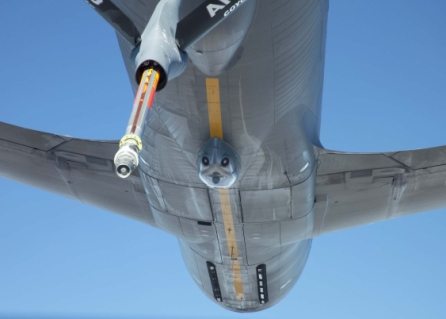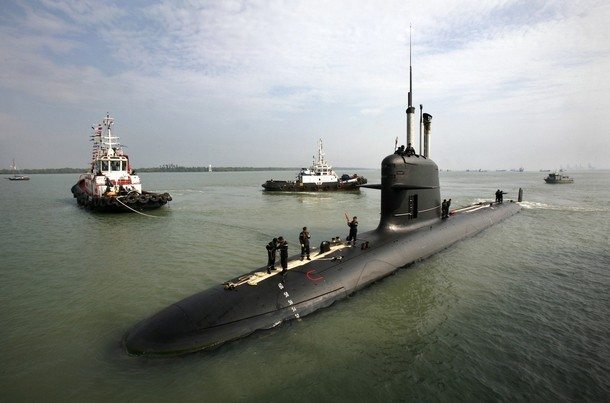The U.S. Navy has awarded Northrop Grumman an early operational production contract to deliver Advanced Threat Warning (ATW) sensors, an integral component of the Department of Navy Large Aircraft Infrared Countermeasures (DoN LAIRCM) system. Under the terms of the $25.5 million contract, Northrop Grumman will deliver 110 ATW sensors and will upgrade 200 processors for integration as part of the currently fielded DoN LAIRCM system, which protects aircrews and aircraft from battlefield threats.
The ATW sensor is form-fit and A-kit compatible with the currently deployed DoN LAIRCM missile warning system.
“Northrop Grumman’s multifunction ATW provides our warfighters with three proven capabilities in one lightweight sensor, including missile warning, laser warning, and hostile fire detection,” said Carl Smith, vice president of infrared countermeasures programs at Northrop Grumman’s Land and Self Protection Systems division.
“ATW’s multifunctionality can significantly improve affordability, while reducing size, weight and power, over four individual subsystems.”
ATW provides instant warning of heat-seeking missiles, small arms fire, medium-caliber machine gun fire, anti-aircraft artillery, unguided rockets and laser-guided weapons, thereby dramatically improving overall aircrew situational awareness and survivability.
ATW provides immediate information enabling the aircrew to avoid the threat or to send information offboard directing ground forces or other aircraft to respond.
It can be integrated with a variety of onboard displays including threat warning indicators, multifunction displays and helmet-mounted displays, while contributing to overall battlefield situational awareness as part of a common operating picture.
This award builds on the $35 million contract awarded to Northrop Grumman in 2011 by the Naval Air Systems Command to develop upgrades to the fielded DoN LAIRCM infrared missile warning system. Northrop Grumman designed and built the DoN LAIRCM system.
Northrop Grumman’s IRCM systems are now installed or scheduled for installation on more than 700 military aircraft across the Department of Defense to protect approximately 50 different types of large fixed-wing transports and rotary-wing platforms from infrared missile attacks.
The system functions by automatically detecting a missile launch, determining if it is a threat, and activating a high-intensity, laser-based countermeasure system to track and defeat the missile.











